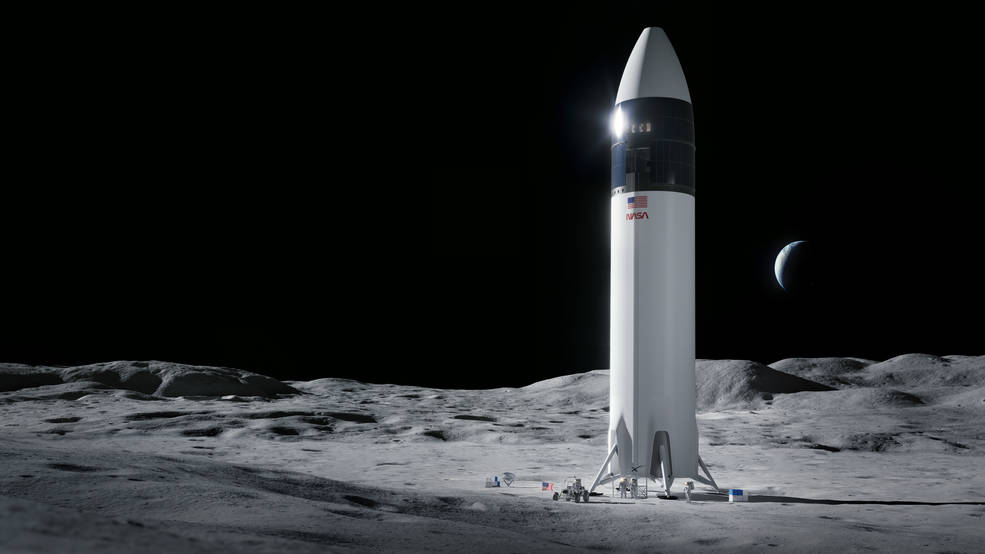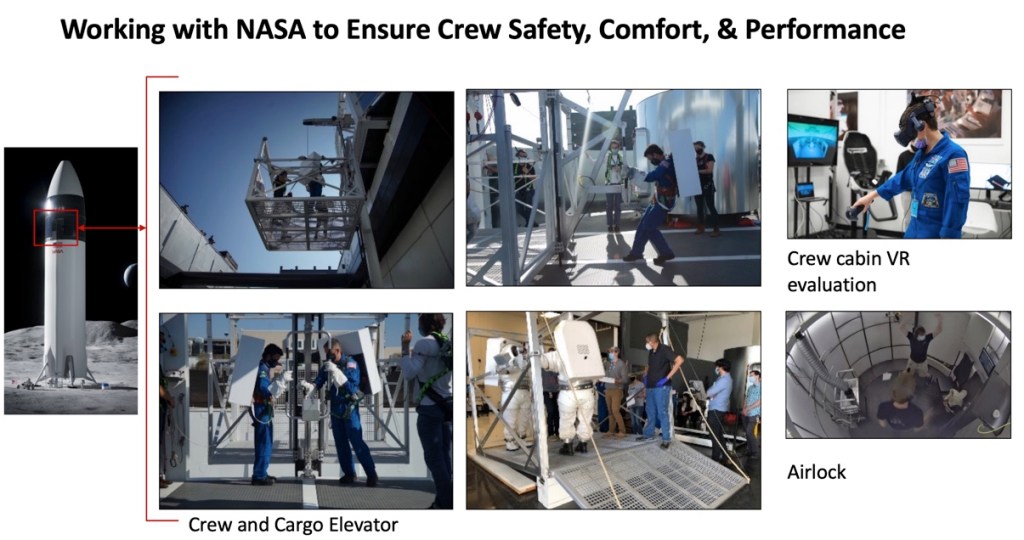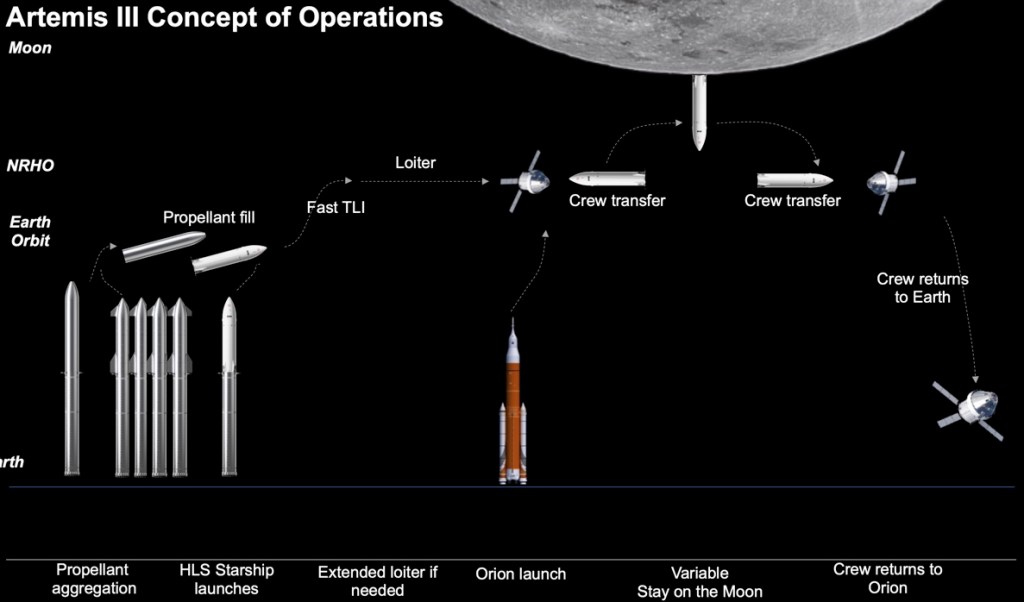
Starship HLS work is underway, booster stacking continued, and a potential payload dispenser was installed as another busy week at Starbase comes to a close.
Production site
A potential payload dispenser was installed in Ship 24’s nosecone barrel earlier in the week suggesting work is well underway on Starship’s payload section. This remains crucial to initial launches following Starship’s orbital flight test as SpaceX looks to fly Starlink V2 satellites aboard the super heavy lift launch system. It remains unclear exactly how satellites will be deployed from Starship.
While focus was on a potential payload dispenser, production work on future Super Heavy boosters has continued at great pace with Booster 7 now fully stacked, Booster 8 having begun stacking, and Booster 9’s common dome now sleeved. An aft dome was also flipped on Sunday, most likely belonging to Booster 8 but without official confirmation. Booster 7 will be the first to have 33 V2 engines; this is an upgrade on the current 29 V1 engine configuration that Booster 4 sports. Raptor V2 engines are expected to bring a significant upgrade to the vehicle’s performance capability, providing 230t of thrust each in comparison to V1’s 185t of thrust.
Amongst other progress at the production site, stair sections were lifted into the wide bay as it continues to move closer to supporting future Ships and Super Heavy boosters. Ship 25’s aft dome has been sleeved and foundation work is ongoing besides tent 3 which will support further production of hardware at Starbase.
Launch site
A booster transport stand was moved to the orbital launch site on Friday as Booster 4’s future looks more uncertain than ever. Having undergone five cryogenic proof tests, where the vehicle is filled with super cold liquid nitrogen to test its structural integrity, Booster 4 has provided workers with important data on Super Heavy and the orbital tank farm. But with a lack of static fire testing, Booster 7 may become the first to achieve such a milestone.
However, SpaceX’s first orbit capable booster did achieve another significant milestone this week with its first visible grid fin movement. These massive, steel grid fins are designed to manoeuvre the Super Heavy booster as it returns to its intended destination back on Earth.
Human landing system
A newly released NASA slideshow suggests work on the Starship Human Landing System is well underway. Photos in the PDF show astronauts training on the crew and cargo elevator which will return the next humans to the surface of the Moon after a 55 year drought. Per the release, training in an airlock and a possible crew cabin has also begun.

The document also shows the Artemis III concept of operations. Noticeable is only four Starship tankers and an SLS Block 1B rocket. This is by no means indicative of how Artemis III may indeed occur.

Future
The launch of Booster 4 and Ship 20 on Starship Super Heavy’s inaugural test flight continues to look unlikely with the production of further Boosters and Ships.
An orbital flight test remains a distinct possibility in the coming year, but much depends on the upcoming release of the FAA’s environmental assessment on March 28. If approval is not granted, an environmental impact statement will be required. This will be far more time consuming and would likely move Starship’s orbital flight test to the Kennedy Space Center in Florida.
FTC: We use income earning auto affiliate links. More.

Comments